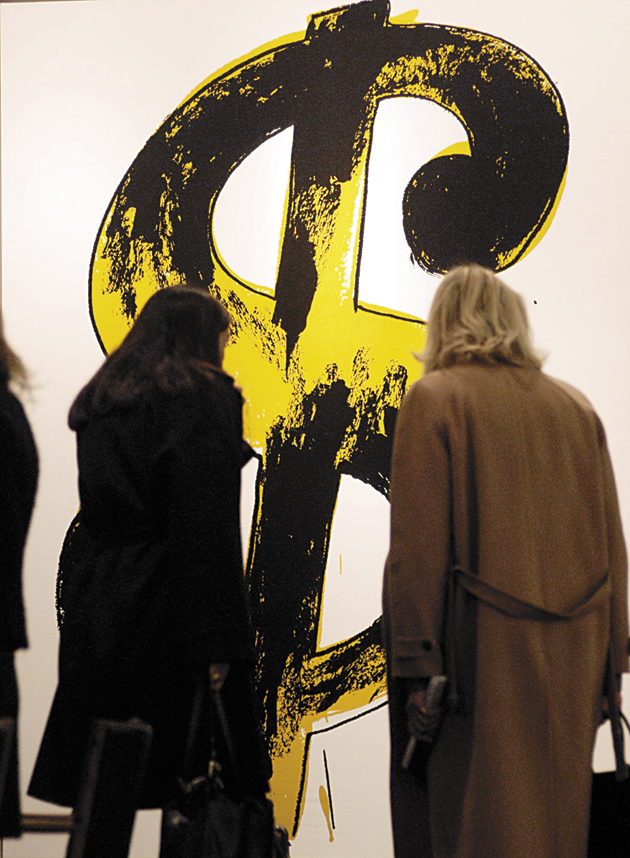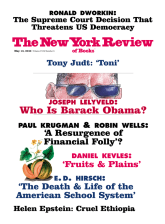In response to:
The Warhol Foundation on Trial from the February 25, 2010 issue
To the Editors:
I was the lawyer for the Andy Warhol Estate for several years after his death. The primary recipient of the value of his estate was the Andy Warhol Foundation [“The Warhol Foundation on Trial,” NYR, February 25]. In return for not having to pay estate taxes, a great loss to the taxpayer, the foundation has to give away 5 percent of its asset value every year.
I was also the plaintiff almost twenty years ago in an action disputing the valuation of the estate. I had a motive in the litigation as my fee was related to the success of the estate in raising the value of the assets. The judge, Eve Preminger, the niece of Otto Preminger, ruled that the estate’s value was five times the value proposed by the foundation and awarded me a fee that was then drastically reduced on appeal. I discovered that the foundation had used a politically connected lawyer who had been on a panel that reviewed the head appellate judge’s record—and cleared him for reappointment. For an account of this incident, see my book Mouthpiece (Broadway, 2006).
The Warhol Foundation has always taken the position that it is not bound by Judge Preminger’s ruling in its dealing with the public and has never even come close to meeting its 5 percent obligation. For instance, drawings that regularly sell for tens of thousands of dollars are carried on its books for a few hundred. In 1996 it was discovered that the foundation was valuing drawings at $800 apiece at the very same time they were being priced at an average of $25,372 for an insurance claim. Photographs, which were being sold for up to $20,000, were being valued for estate purposes at a nickel apiece. Right up to the present, pictures that would sell for the cost of a big house were carried on the foundation’s books for the price of a used car. Although foundations are not legally required to update their valuations of their assets, this pattern is particularly true of Warhol’s late work, which has now become highly sought after. Even more troubling, the values attached to the artwork owned by the foundation have basically stayed the same for the last twenty years even though the work has gone up in the marketplace by many multiples.
The disputes with the foundation grow out of its desire to completely dominate the marketplace, stifle criticism, and avoid its responsibilities to the public. The foundation is supposed to be supervised by the New York State attorney general. This supervision has been inadequate at the most basic level, the most egregious example being the Attorney General’s refusal ever to order a proper accounting of the assets of the foundation.
The foundation’s control over the authentication process means that few in the art world, who may need that authentication, would dare to criticize it. The foundation absolutely refuses to have an accurate appraisal of the value of its assets. This means it is impossible to determine if the proper amount of money is being distributed annually to the public, just as it is impossible to tell if sales prices are fair or whether agents for the foundation are doing a good job.
Lastly, the foundation, whenever criticized, resorts to ad hominem attacks. Such attacks are intended to deflect the legitimate criticism of the foundation. I am sure its leadership will do the same against me now. History supports my estimation of the value of Warhol’s art contained in his estate—not theirs. Twenty years later the facts speak for themselves. The public has lost millions of dollars in taxes and is getting so little in return.
Edward W. Hayes
New York City




